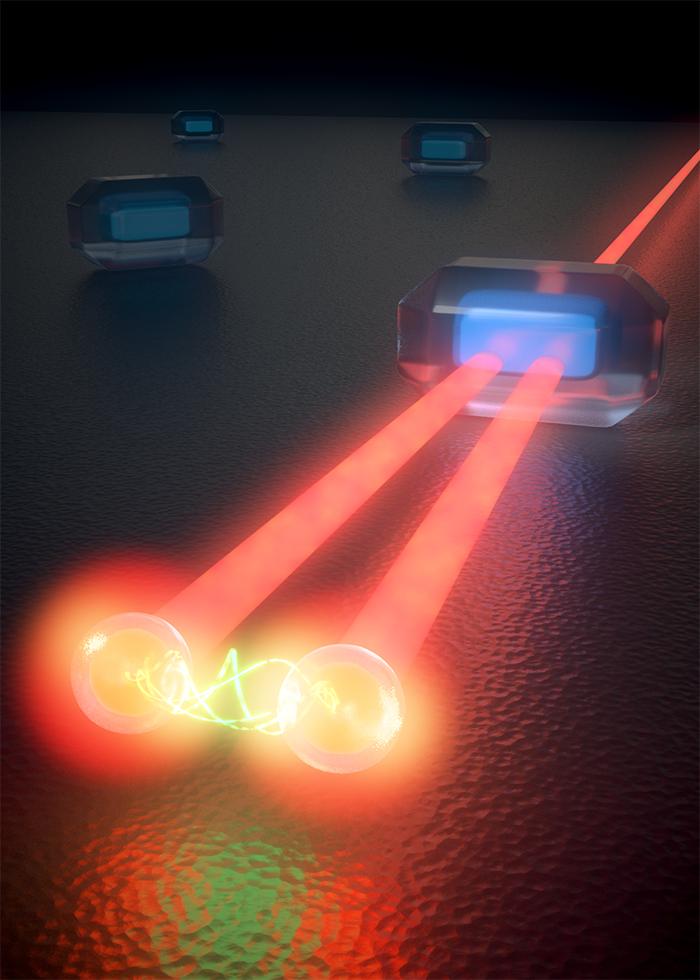Input electromagnetic wave intensity in nano lasers Nano Laser (PhD in nano-microelectronics)
Researcher and author: Dr. ( Afshin Rashid)
Note: The intensity of the input electromagnetic wave decreases due to passing through the absorption process between the material. Absorption is due to the conversion of part of the light energy into motion and specific oscillations of the absorbent material.
The ability of an environment to absorb electromagnetic beams depends on several factors, including the electronic structure of atoms and molecules, the wavelength of the beam, the thickness of the adsorbent layer, and internal factors such as temperature and the concentration of the adsorbent. The attenuation of an optical photon as it travels is defined as a very small part of its path and is a 1-mm unit, which indicates the amount of reduction in radiant energy due to the absorption of rays per unit length z.
Nano-lasers are limited to electromagnetic radiation emitting devices using light amplification by stimulated radiation emission at wavelengths from 180 nm to 1 mm. The electromagnetic spectrum of a nano-laser includes energy from gamma rays to electricity. Nano-laser beams for current military and commercial applications include ultraviolet, visible and infrared spectra. Ultraviolet radiation for nano-lasers consists of wavelengths of 180 to 400 nm. The visible region consists of radiation with a wavelength between 400 and 700 nm. This is what we call visible light. The infrared region of the spectrum consists of radiation with a wavelength between 700 nm and 1 mm. Nano-laser absorbed by the skin penetrates only a few layers. In the eye, visible and near-infrared radiation passes through the cornea and is concentrated and absorbed into the retina. It is the wavelength of light that determines the visible sensation of color: purple at 400 nm, red at 700 nm, and other colors in the visible spectrum in between. When radiation is absorbed, the effect on the biological tissue of the absorber is photochemical, thermal or mechanical: in the ultraviolet region, this action is mainly photochemical. In the infrared region, this action is at room temperature.
Conclusion :
The intensity of the input electromagnetic wave decreases due to passing through the absorption process between the material. Absorption is due to the conversion of part of the light energy into motion and specific oscillations of the absorbent material.
Researcher and author: Dr. ( Afshin Rashid)
PhD in Nano-Microelectronics




